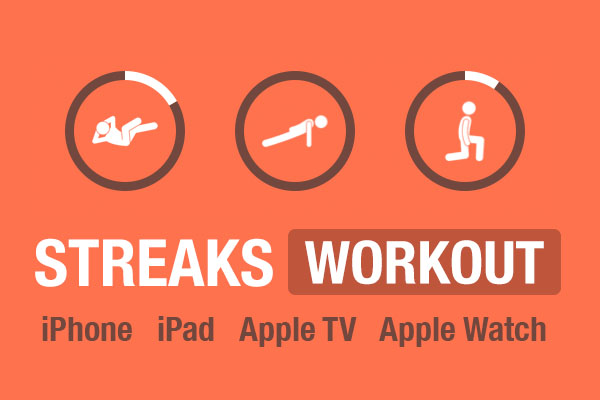Our girls ran a great campaign and finished with a strong final. At this tournament, we were the better team than France and Spain—a real credit given the larger scale of their programs. Let's be real here - we must recognise that for every girl playing basketball in Australia, there are 50 girls playing in the US. Our program is about the size of Florida's. To compete with the US, we need to execute in all areas; our smaller size doesn’t prevent us from learning faster than our larger rivals, which can be a source of advantage.
This US team is solid, but in my view, not up to the standard of recent US sides. Even so, they’re always well coached and excel at maximising their strengths. In our match up, their main advantage was center Siena Betts. In the first half, the US ran their offensive sets through her—both in transition and against our set defence—using her screens to open driving lanes that enabled their ball rotations to be about one meter closer to the basket. Betts is a serviceable passer, but her real value comes from her ball security at the high post, mid block, and low block. Offensively, she’s relentless at securing the weak-side low post, finding space for dish-offs, and crashing the offensive boards.
If we’d had a quality big who could match her—hard to find —we could have pushed US ball movement further out, making it easier for our guards and small forwards to box out, with tighter lane spacing and fewer weak-side push-ins and dishes. If the coaching staff didn’t believe Hinder, one of our tallest players, could help in this scenario, it’s hard to see the logic behind her selection. With the bench at our disposal, I’m out of ideas as to how we could have managed Betts in the first half, other than by rotating Pouch, Notao, and Williams to wear her down—a tactic we used in the third quarter, when we briefly got on top of the US. Still, there are some offensive adjustments we could have made to narrow the gap even further, which I’ll detail in a coming post.






